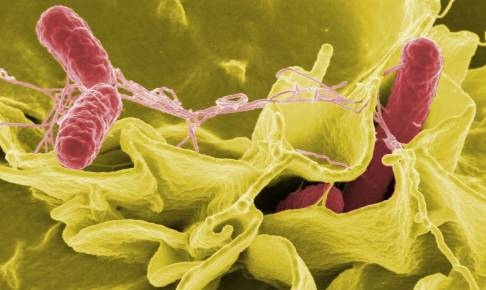Foods linked to outbreaks in the US are not the same as those most commonly consumed
The examination of foodborne disease outbreaks identifies the items that cause sickness. However, it is unclear to what extent foods linked to outbreaks represent the distribution of food intake in the United States or the danger associated with their intake.
An estimated 9.4 million individuals in the United States become ill from foodborne diseases caused by pathogen. Data from outbreak surveillance provide a direct relationship between diseases and their sources, and they are used to determine the percentages of foodborne illnesses attributed to certain food categories. Estimates of attribution based on epidemic data can be used to direct preventative efforts toward foods that pose the highest danger to consumers.
A group of researchers examined the distribution of 24 types of foods linked to outbreaks and the distribution of foods consumed by the general public in the United States. Beef, chicken, eggs, fish, herbs, mollusks, pork, sprouts, seeded vegetables, and turkey were implicated in outbreaks much more frequently than expected when compared to the frequency of their consumption by the general population. Thus, implying a higher risk of contamination or mishandling. Pasteurized dairy, fruits, grains and beans, oils and sugars, and root and underground vegetables, on the other hand, were less frequently linked in outbreaks than their general population consumption, implying a lower health risk linked to these food groups.
Source:






















